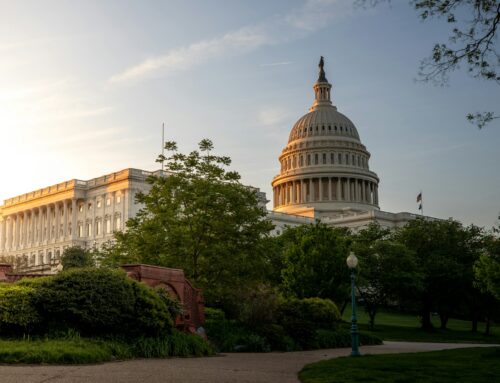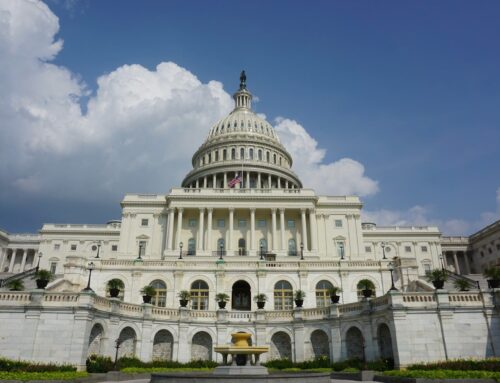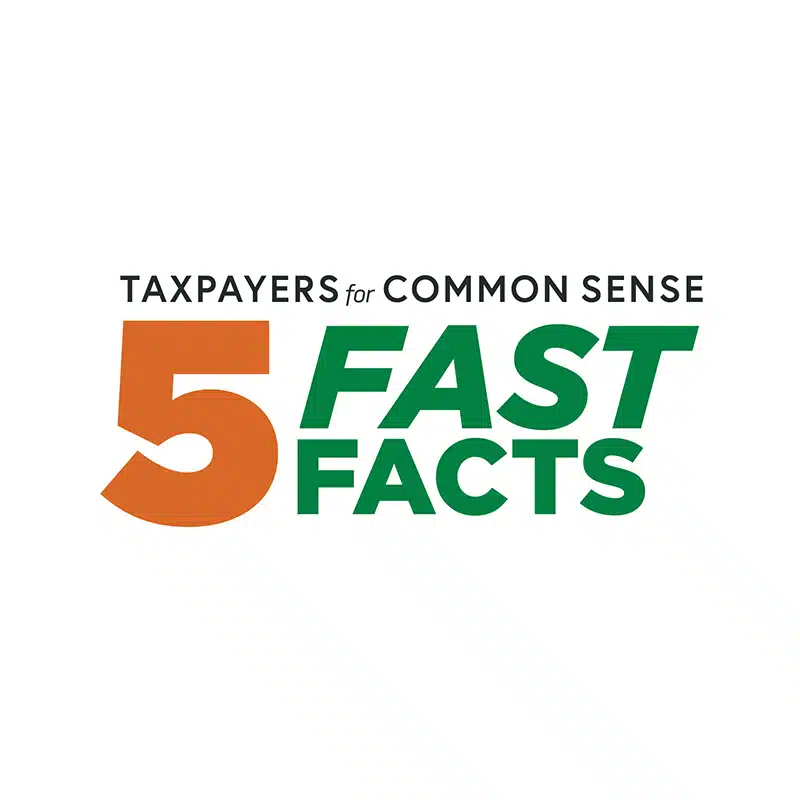Volume XVIII No. 25:
A funny thing happened on the way to pass the House Farm Bill. It failed. 195-234. Oops. That wasn’t supposed to happen. But it did when 62 Republicans joined 172 Democrats to send H.R. 1947, the Federal Agriculture Reform and Risk Management Act (aka the Farm Bill) to its legislative maker.
This isn’t necessarily final. Pretty much nothing in Washington ever is. Already there are promises to bring the bill back in a modified form to get the votes. You can be sure there will be Senate Farm Bill apologists calling for the House to take up their version. But here’s the dirty little secret.
The Farm Bill is about as necessary as teats on a bull.
That’s right. Crop insurance is authorized in permanent law, most nutrition programs receive funding every year, and smaller conservation programs are authorized in permanent law.
It seems the only reason to do Farm Bills is for lawmakers to come up with new and different ways to waste the taxpayer’s money. It’s like an alcoholic saying “I quit, I gave up beer and am moving to scotch.” Yes, this bill largely got rid of the widely derided – and quite frankly idiotic – direct payments program (largely, because it extended them for two years for King Cotton). But instead of banking all $50 billion of those savings – something most farmers themselves agreed with – most of it was plowed into new income entitlement programs or more generous federal crop insurance for everything from alfalfa to sweet sorghum and peanuts to pennycress weeds.
While writing this bill, lawmakers on both sides of the aisle claimed to reject the idea of Washington dictating farming decisions, and then turned around and resurrected Moscow on the Potomac policies that set price floors for crops like rice and peanuts. Some of the business-as-usual price floors are so high that Uncle Sam will start writing checks immediately. They also provided incredibly generous crop insurance premium subsidies and new “shallow loss” entitlement programs with such ridiculously high revenue guarantees that even farmers with poorly producing land would be stupid not to plant. It was heads they win, tails, taxpayers lose.
Before the Senate starts crowing about their bill that passed earlier this month, we just want you to know it isn’t any better. It may even be worse. Their fake deficit reduction is smaller. (Fake because both House and Senate bills counted billions of dollars that would already be saved under existing law and took credit for savings outside the ten-year budget window.) They have the target prices and new shallow loss crop insurance policies, along with other carve-outs like poultry business interruption insurance and crop insurance for seafood harvesters. Wouldn’t every industry love to receive a business income (or even profit margin) guarantee every year? So, passing the Senate bill is not the answer.
The answer is: plow both bills under. They and the rhetoric from their boosters would make good fertilizer. In fact, maybe rational and realistic farm policy can grow from the House bill’s demise. The only way an acceptable farm policy can sprout is if it has good genes. Here’s a few principles that policymakers need to keep in mind: (1) transparent – taxpayers should be able to know where their dollars are going; (2) accountable – Uncle Sam shouldn’t be encouraging risky farm practices or pay millionaires millions of dollars in subsidies each year; (3) cost-effective – spending should be prioritized and meet measurable goals so we can begin to rein in our $16.8 trillion national debt; and (4) responsive – get rid of Great Depression-era laws and modernize farm policy.
Farm lobby pests and their sympathizers in Congress had their chance and they failed. It’s time for lawmakers to craft a less costly, more effective farm bill.











Get Social